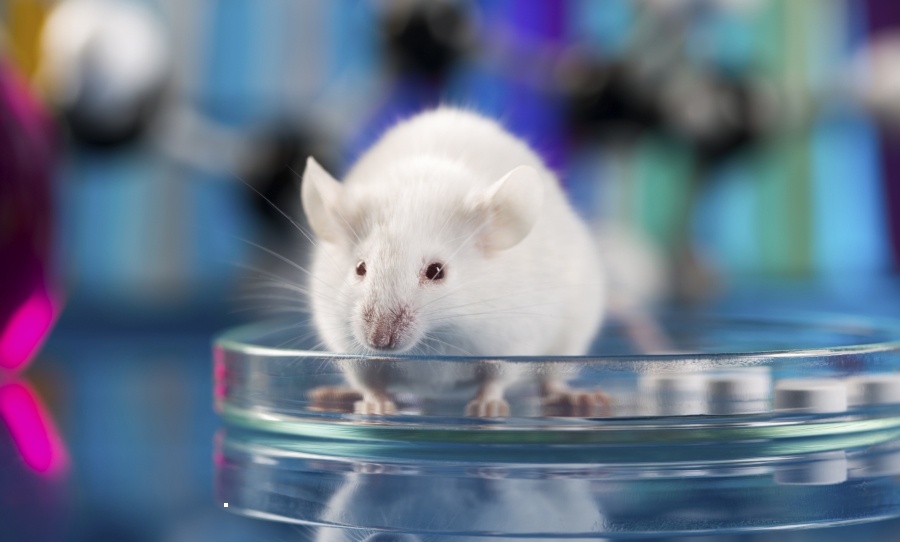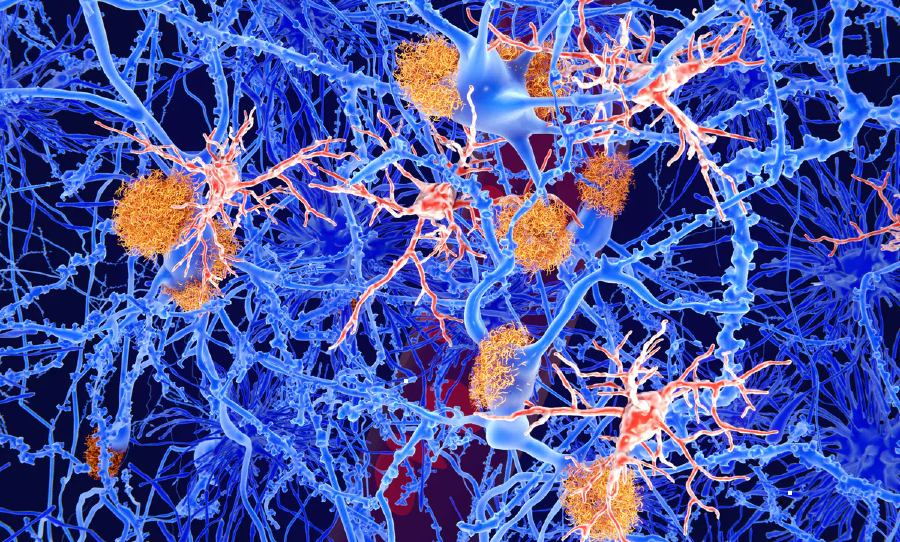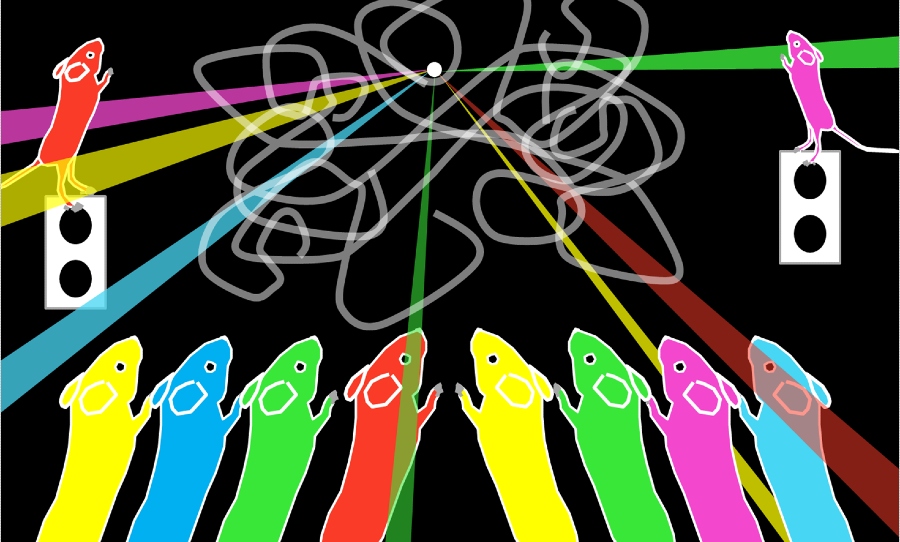Scientists expose mice to ketamine-fuelled, rave-like scenarios with testing that aims to improve the brain’s response to trauma as we age.
Ketamine and flashing lights makes for a good time, right?
According to scientists, exposure to either one of these results in significant improvements in the brain’s ability to rewire itself and form new connections, which could improve the way our brain deals with trauma.

As we age, our brain loses plasticity, which impacts our ability to form new neuronal connections.
This loss of plasticity is credited to the perineuronal net, which forms around neurons and preserves their connections.
This is responsible for preserving important memories, but it also causes our brain to become more cemented in its ways, where the formation of new neuronal connections becomes harder and much more rigid.
Ultimately, this can impact the way our brain deals with trauma due to its inability over time to erase memories.
The damaging result of this can lead to post-traumatic stress disorder (PTSD).
Fear learned from trauma may enhance survival but can become chronic illness impeding life #ptsd
“administration of #ketamine immediately after witnessing a traumatic event has been shown to prevent the enhancement of passive avoidance learning in mice.” https://t.co/DynBPYbvMs— Kirrily Todhunter (@K1rr1ly) January 5, 2021
After three ketamine treatments on the mice, scientists found that the drug triggered the microglia, our brain’s immune cells, which consume those within the perineuronal net.
This created a “juvenile-like plasticity” within the brain, breaking down the rigid structure around the mice’s neuronal connections and allowing for a pathway that could be remodelled.
The ketamine resulted in “considerable loss in the perineuronal net“, leaving a window of seven days for new connections to be rebuilt.

When flickering lights were used, the microglia was triggered to consume the perineuronal nets after the light frequency was increased to 60 hertz.
Scientists suggested that this could be an equally successful, and less invasive method of achieving brain plasticity in humans.
However, it is important to note that if the microglia destroys certain connections during early brain development, it can lead to “schizophrenia and autism“.
In adults, where excessive pruning by microglia occurs, the individual can develop Alzheimer’s disease.
The study reveals an intriguing dance between brainwaves and the microglia, which could lead to significant improvements in the way we treat PTSD and other conditions impacted by brain plasticity in humans.
Despite the exciting discovery, author Sandra Siegert advised that people err on the side of caution and do not “blast yourself with flickering light“, at least until more research was done on the topic.
Peep the below video to hear how ketamine has been used to regenerate neuronal connections, which can also lead to normal brain functioning:



